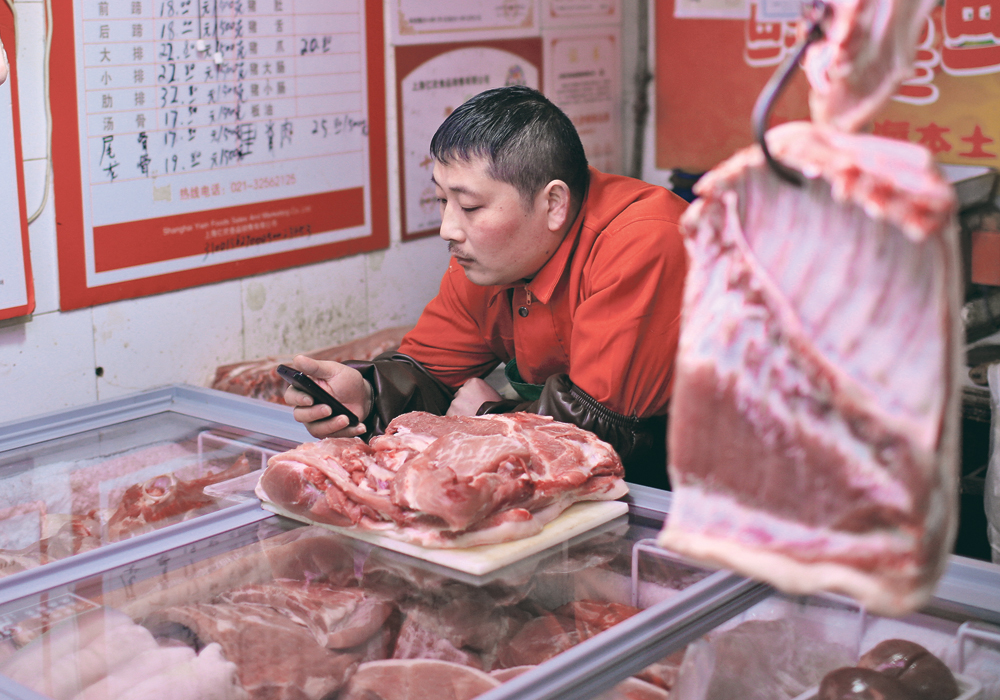“In the long run we are all dead.”
This line by British economist John Maynard Keynes highlights the silliness of looking too far out in the future and concluding that everything’s OK if it works out they way we think it eventually will. People live in the here and now, and accepting terrible conditions today and for an extended period shouldn’t be acceptable position for any of us.
But it isn’t fruitless to look far out into the future to see where things might be leading, because much of what we’re doing today, especially in farming, is based upon a very long-term view of where today’s trends are leading. Farmers today are buying extremely high-priced land, land they will need to be able to pay off with regular profitability for decades. Farmers’ willingness to commit their lives to following farming also depends upon a view of the future that says it’s worth committing to.
Read Also

Farming Smarter receives financial boost from Alberta government for potato research
Farming Smarter near Lethbridge got a boost to its research equipment, thanks to the Alberta government’s increase in funding for research associations.
Farmers hear a regular mantra at farm conferences: “By 2050 farmers will need to feed nine billion people.” Often this is followed by a statement that the world might need to feed 11 billion by 2100. The implication is clear: farmers will have trouble keeping up with demand from the world’s growing population. There will be more and more people, but less and less land and clean water with which to produce it. To the farmer, that demand also appears to be decades of demand outstripping supply, and presumably a bull market in grains as far out as they can look.
That’s a comforting view of the future.
What if some or all of it isn’t true?
That’s something my colleague Robert Arnason and I focused on in China: Dangerous Assumptions, an eight-story package that ran in the last two issues of The Western Producer. We concentrated upon China, which is such a big part of the incredible global growth we have witnessed since 1990, and found reasons to believe that the comfortable assumptions underlying the belief in a future of ever-growing demand for what Prairie farmers grow might not be unchallengeable. In fact, the future might end up with farmers continuing to scrape profitability out of an often oversupplied world marketplace, and surviving as they have always survived: by being the best producers on the planet operating with the lowest cost-of-production.
That’s a future view worth considering alongside the bullish view. It’s more sobering than comforting, but being able to hold both bearish and bullish views in the mind should provide a more balanced perspective than is often preached at farm conferences. Farmers farm in the long-run, and hopefully “In the long run we are all viable.”


















